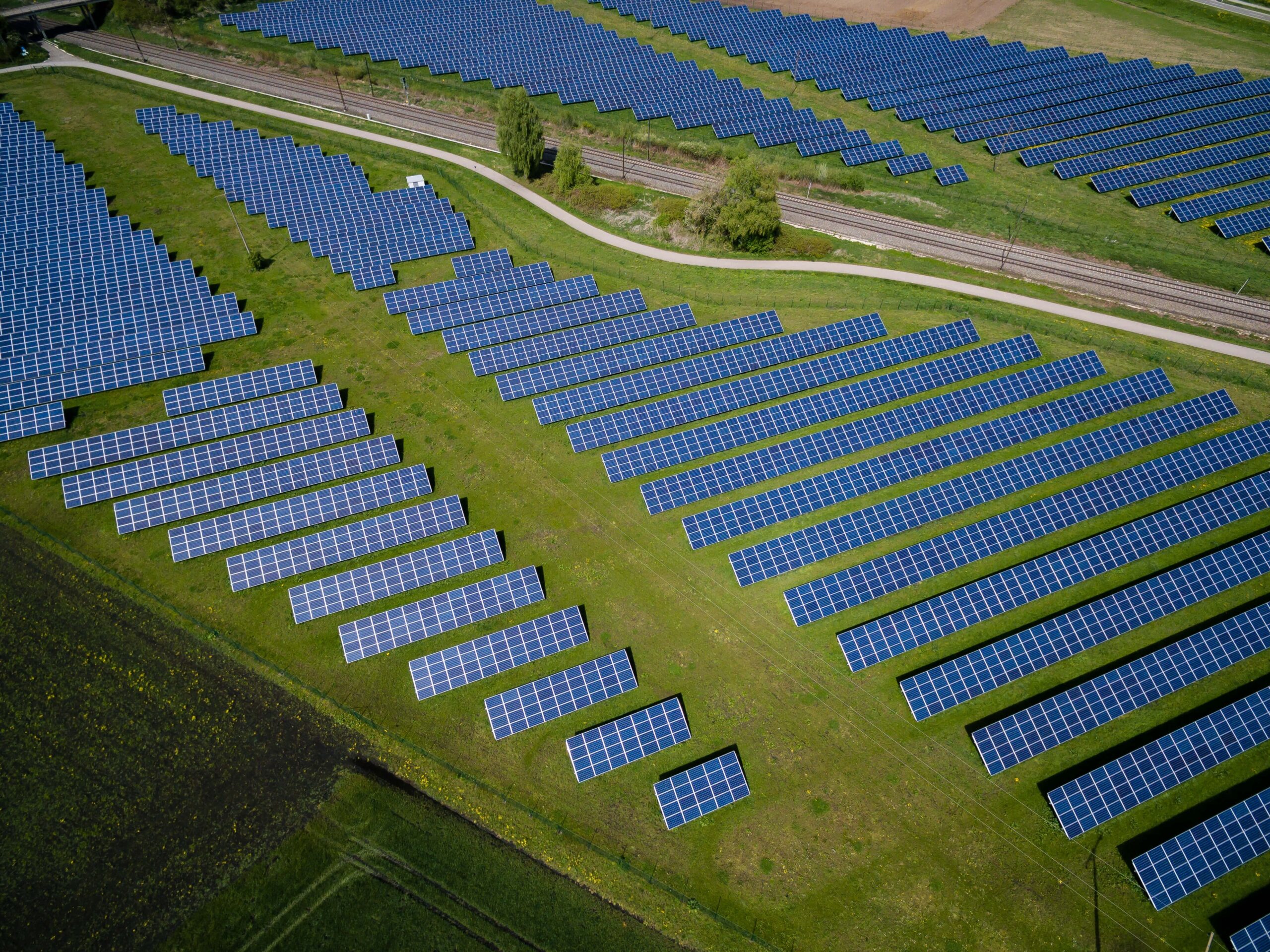Renewable energy is an incredibly important topic that has gained significant traction in recent years. In this video by Driver Mojo, you will embark on a journey through the world of renewable energy. From solar power to wind turbines, hydroelectric power to geothermal energy, and even biomass energy, this video explores the various innovative technologies that are shaping our future. You will be amazed by intriguing trivia and mind-blowing facts that will leave you inspired. Whether you’re an environmental enthusiast or simply curious about clean energy, this educational and entertaining exploration is a must-watch. So, sit back, relax, and join us in discovering the power of renewable energy.
Renewable energy offers incredible possibilities for a cleaner and more sustainable future. By harnessing natural resources such as sunlight, wind, water, and organic materials, we can reduce our reliance on finite and polluting energy sources. In this video, you will learn about the advantages and disadvantages of different types of renewable energy. From the abundant and versatile solar energy to the unpredictable yet plentiful wind energy, each source has its own unique qualities. Hydroelectric power, geothermal energy, and biomass energy also play important roles in the renewable energy landscape. By understanding these renewable energy sources, we can work together to make a positive impact on our planet and create a world that relies more on the infinite clean power of nature. So, let’s dive into this fascinating journey and uncover the potential of renewable energy.
Introduction to Renewable Energy
Imagine a world where the air you breathe is clean, the energy you use is plentiful, and comes from a source that never depletes. Can you picture it? This could be our reality with renewable energy. In the realm of renewable energy, we find a diverse range of options. Today, we’ll explore some of these sustainable alternatives, comparing and contrasting them to give you a clearer understanding of their potential.
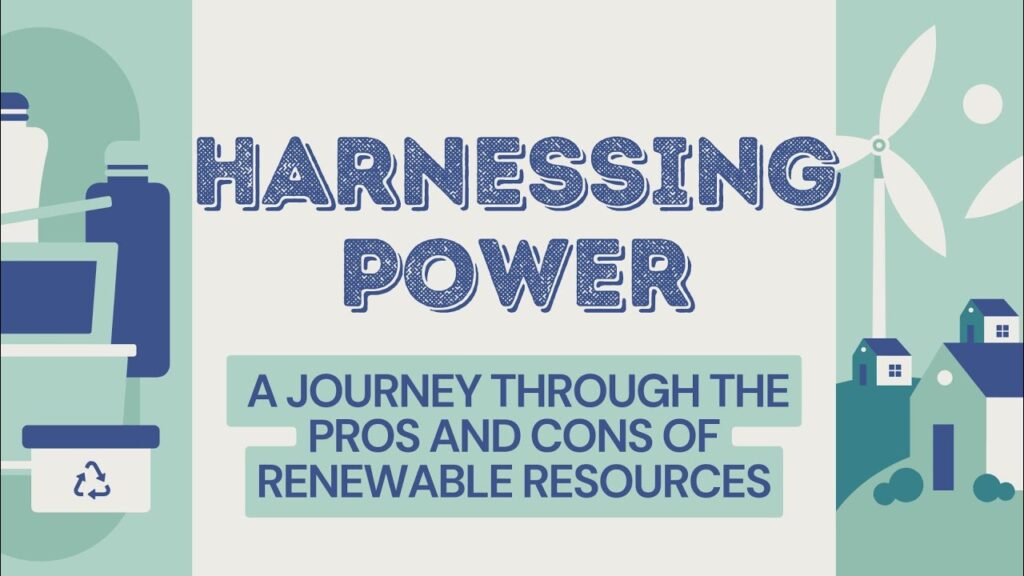
Solar Energy
First up, solar energy. This radiant light and heat from the sun have been harnessed by humans since ancient times, using a range of ever-evolving technologies. Solar energy is an abundant and, for all practical purposes, an inexhaustible resource. It’s versatile, too, allowing for a variety of uses such as heating, lighting, and electricity generation. However, it’s not without its drawbacks. Solar energy is dependent on weather conditions and geographical location. Plus, the initial installation costs for solar panels can be high.
Wind Energy
Next, we have wind energy. An age-old form of renewable energy, wind turbines convert the kinetic energy in the wind into mechanical power. This power can then be used directly for specific tasks, like pumping water, or it can be converted into electricity. Wind energy is clean and plentiful. However, it’s also unpredictable. Wind speeds aren’t constant; they vary from minute to minute, day to day, affecting the amount of energy produced.
Hydroelectric Power
Then, there’s hydroelectric power, which uses water to generate electricity. This is typically achieved through dams, where falling or fast-flowing water spins a turbine, which then drives a generator to produce electricity. Hydroelectric power is a reliable and consistent source of energy. However, the construction of large dams can have significant environmental and social impacts, including habitat destruction and displacement of people.
Geothermal Energy
Let’s not forget about geothermal energy. This type of renewable energy harnesses the heat from beneath the earth’s surface to generate electricity and heat buildings. Geothermal energy is reliable and stable. However, it’s not available everywhere. Only certain regions around the world have the right conditions to harness this energy.
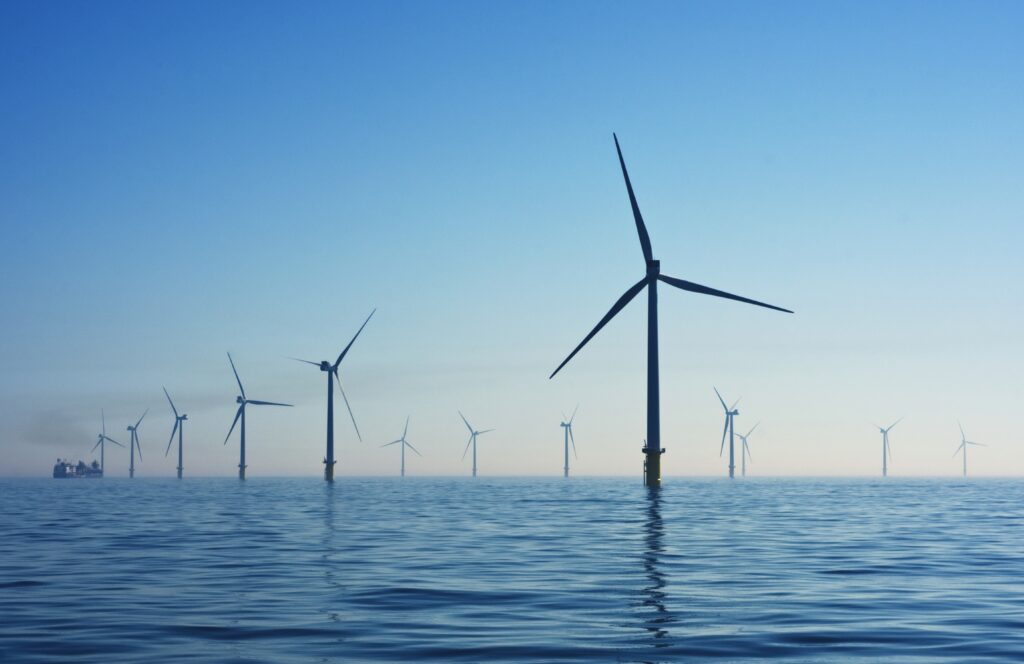
Biomass Energy
Lastly, we have biomass energy, which is derived from organic material like wood, crops, and even waste. Biomass can be burned directly for heat or converted into biofuels for transportation. It’s renewable, but it’s not necessarily carbon neutral or environmentally friendly due to the emissions produced when it’s burned.
Advantages and Disadvantages of Solar Energy
Now, let’s talk about the advantages and disadvantages of solar energy. One of the main advantages is that solar energy is an abundant and inexhaustible resource. It’s also versatile and can be used for various purposes. However, solar energy is dependent on weather conditions and geographical location. It may not be feasible in areas with limited sunlight or dense cloud cover. Additionally, the initial installation costs for solar panels can be high, although the long-term savings on energy bills can offset this.
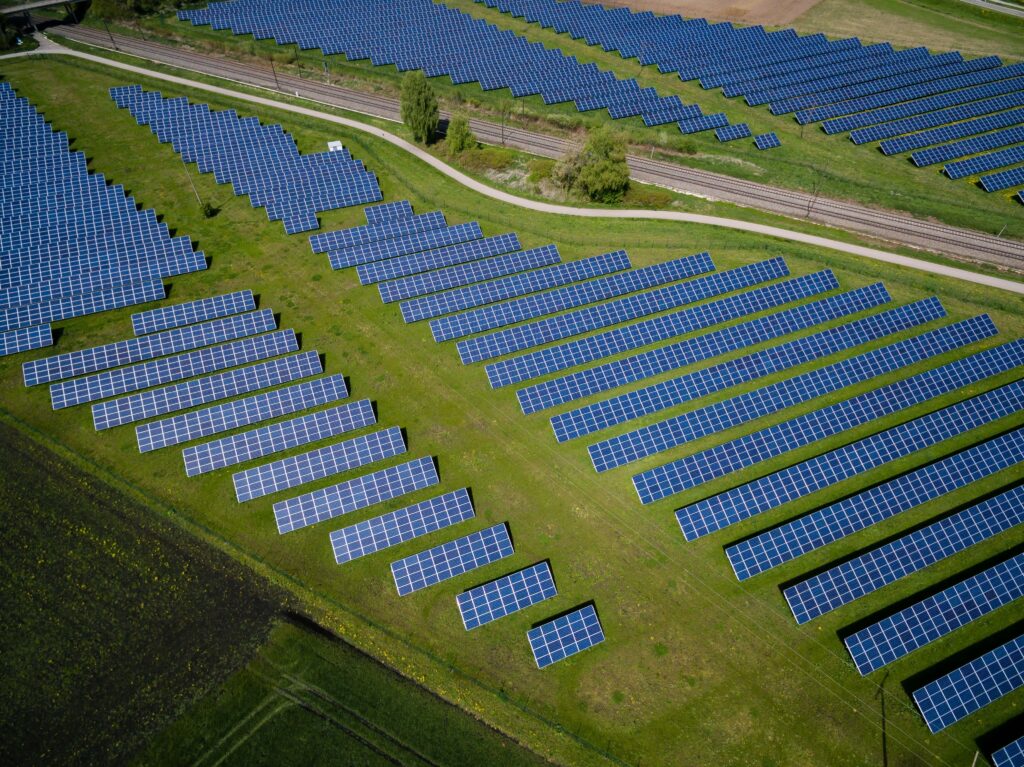
Advantages and Disadvantages of Wind Energy
Moving on to wind energy. One of the key advantages of wind energy is that it’s clean and plentiful. It’s also a reliable source of energy once the turbines are set up. However, wind speeds are not constant, and this variability affects the amount of energy produced. Wind turbines can also have visual and noise impacts, which may be a concern for some communities.
Advantages and Disadvantages of Hydroelectric Power
Now let’s discuss the advantages and disadvantages of hydroelectric power. One of the main advantages is that hydroelectric power is a reliable and consistent source of energy. It also does not produce harmful emissions during operation. However, the construction of large dams can have significant environmental and social impacts. Dams can disrupt natural habitats, displace people, and alter the flow patterns of rivers, affecting downstream ecosystems.
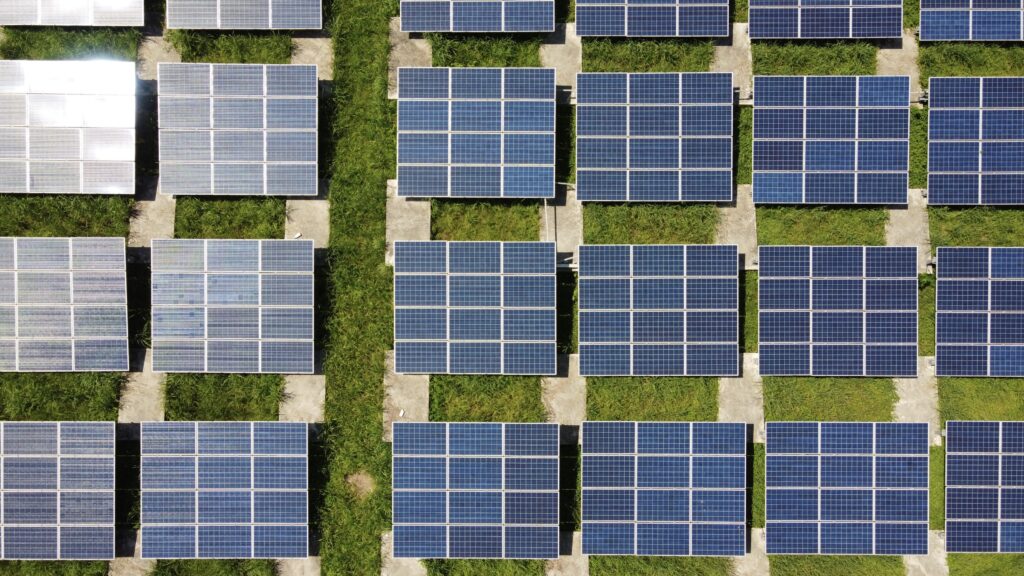
Conclusion
In conclusion, each type of renewable energy has its own set of advantages and disadvantages. Solar and wind energy are versatile and plentiful but dependent on weather conditions. Hydroelectric power is reliable and consistent but can have significant environmental impacts. Geothermal energy is stable and reliable but not widely available. Biomass energy is renewable but not necessarily environmentally friendly. The future of our planet lies in how effectively we can harness and utilize these renewable energy sources. As we continue to innovate and improve our technologies, we can hope for a world that relies less on finite, polluting energy sources and more on the infinite, clean power of nature. Let’s make a positive impact together!

